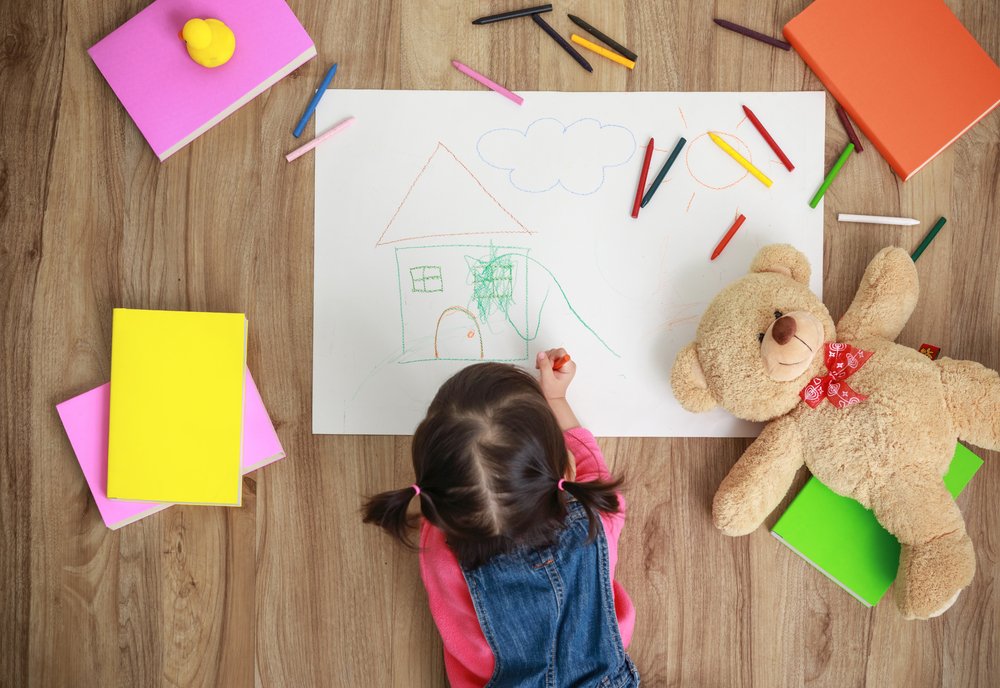Key points:
- Scribbling is a crucial early step in preparing your child for reading and writing.
- It fosters hand and finger control, thinking skills, and language understanding.
- Scribbling usually starts around 14 months and continues until your child is ready for letters.
- It progresses from random marks to controlled, purposeful movements.
Scribbling is one of the first steps your little one takes to understand writing and language. Educational Research and Reviews journal mentions that random scribbles are followed by controlled movements and that all scribbling behaviors before age 5 are indispensable for the reading and writing readiness of children.
With every scribble your little one fosters their hand and finger control, thinking skills, and overall understanding of language. At first, they’ll be astonished by what these things called crayons can do. As they discovers the link between their hand movements and the line on the piece of paper, they’ll start experimenting with the symbolization of their marks and increase the control they have over her muscles. The experiences your little one has during these months are crucial for the development of their fine motor abilities; they’ll learn about the complexity of how to hold a crayon and control the amount of force, pressure, and speed they use when drawing.
Like any other developmental process, scribbling and coloring happen over a wide window of time. It usually starts at around 14 months and goes over 48+ months, when your child is ready to start using letters. At first your little one will start experimenting with crayons and do large shoulder movements. What might seem to be random scribbling will be their way of expressing and communicating with the outside world. They’ll then move on to a more controlled form of scribbling. You’ll see them making movements with their wrist, while their shoulder is steady. They’ll be able to trace lines, experiment with different grasps for the crayon or marker, and, eventually, hold them between their thumb and index.
At around 25 months of age they’ll move on to more precise movements with their fingers. Their proprioceptive-kinesthetic awareness will show them how much pressure to put on each finger and how to separate them to get a better grip on the crayon. They’ll start making more complex patterns as they explore horizontal, vertical, and circular movements. They might not write actual letters, but with their precise movements they’ll show you the meaning in the dots, curves, and even letter components of their drawings.
Keep reading part 2 of this article to learn how your little one transitions to more complex movements in their drawings.








